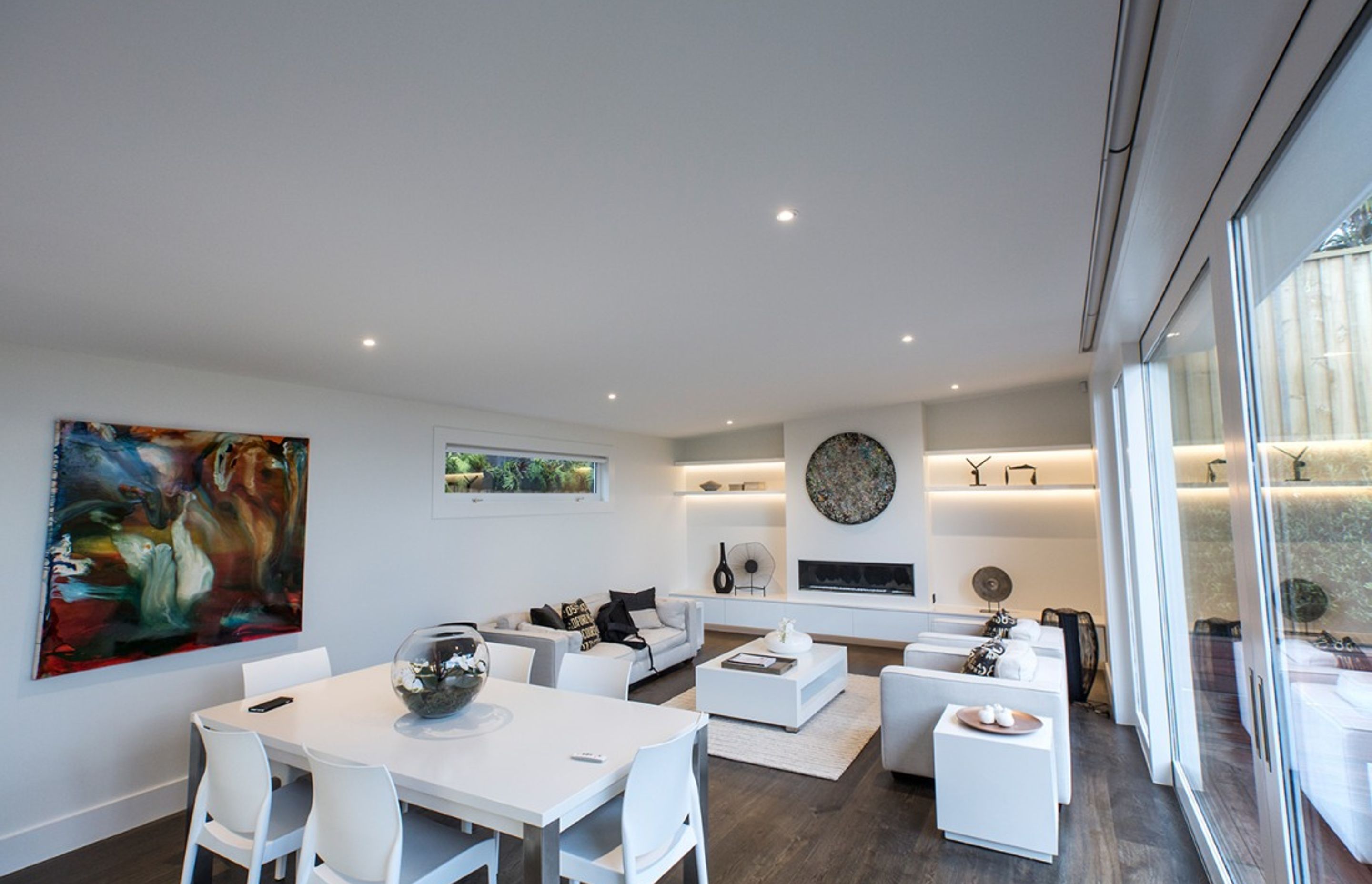A mix of art and science: illuminating a new profession
AE
Written by
17 July 2017
•
3 min read

When considering a residential building project, lighting is sometimes the last item to be ticked off – at a stage where the majority of the budget has been devoured by other aspects of the design and build.
“Lighting is a part of the project that is commonly overlooked and sometimes thrown together at the last minute on site without much thought as to how it will affect the space,” Lightplan’s Emma Holgerus says.
“As lighting designers, we are a relatively new profession and one people often don’t consider essential, which is a shame because ensuring a specialised lighting designer is involved in the project from the beginning can have a huge impact on the final result.”

In the same way that you would have an architect to draw your space and an interior designer to help with finishes and furniture, both experts in their field, you also need a lighting designer to plan and integrate the lighting. Lighting designers understand that lighting is so much more than just lighting a room, light is invisible until it hits a surface and getting the balance right is an art.
Lighting designers work exclusively with lighting, and can develop intricate lighting designs that accentuate the spaces designed by the architect. The ideal time for a lighting designer to become involved is in the early design stages when plans are being put in for building consent, Emma says. “This might seem early but it is the best time to become involved and allows us to work collaboratively with the architect, and the trades to create an integrated design and achieve the best results possible”.
“If lighting is done properly it brings the architecture to life. Yes, you can do standard grid layout, but it will lack flair with no point of interest. With the right lighting on the other hand, certain aspects of the architecture or detailing can be accentuated and the lighting itself becomes a seamless feature of the overall design.”
Various elements affect the lighting in a space including the colours, textures and dimensions of the area as well as its intended function. Darker colours, for example, don’t reflect light as well as lighter colours so if the walls or flooring are darker toned, the lighting needs to take that into account to achieve an optimal result.
“Small details can be easily accentuated with the right lighting such as a wallpaper used in one area of room, or a small architectural detail. Without the right lighting, these things won’t be seen as they were designed to be,” Emma says.
Having the technical knowledge to understand the relationship lighting has with a space is a critical part of a lighting designer’s role, as well as knowing what products to specify and their different purposes. “For example, many people will look at two different downlights that have the same appearance and not understand that each of them will interact with a space in a completely different way.”
Lightplan works in the sphere between architect, builder, designer and client. They are involved throughout the duration of the design and build process from initial design, through the design process with adjustments and detailing to supplying the product and after sales tech support.
Lightplan imports its designer pendants from countries like Canada, Denmark and Italy amongst others but also holds a wide range of products from down lights to extrusions.
If you’re interested in how lighting can impact your next project, get in touch with Lightplan on ArchiPro here or visit their Auckland or Wellington showroom for some lighting inspiration.

